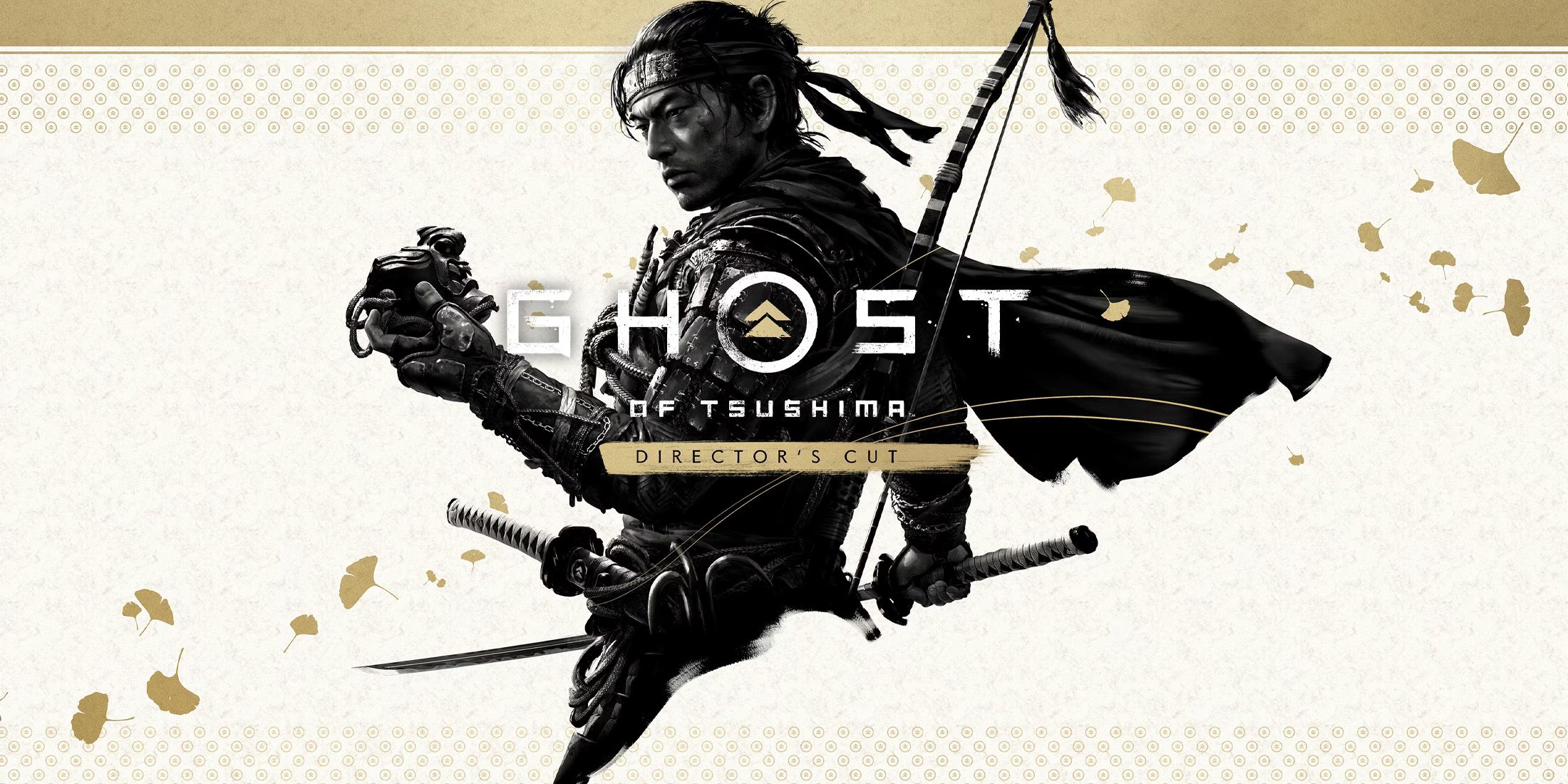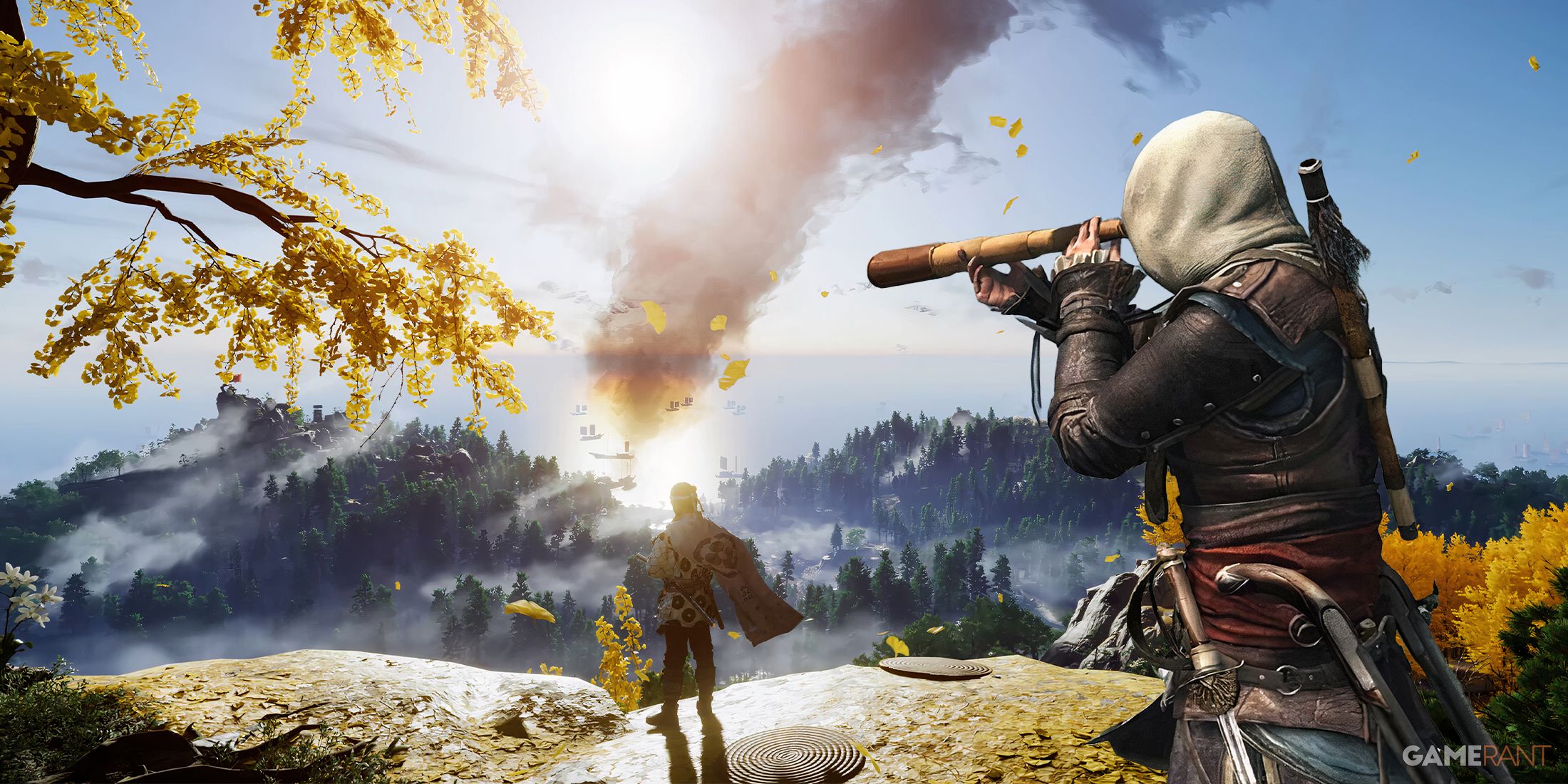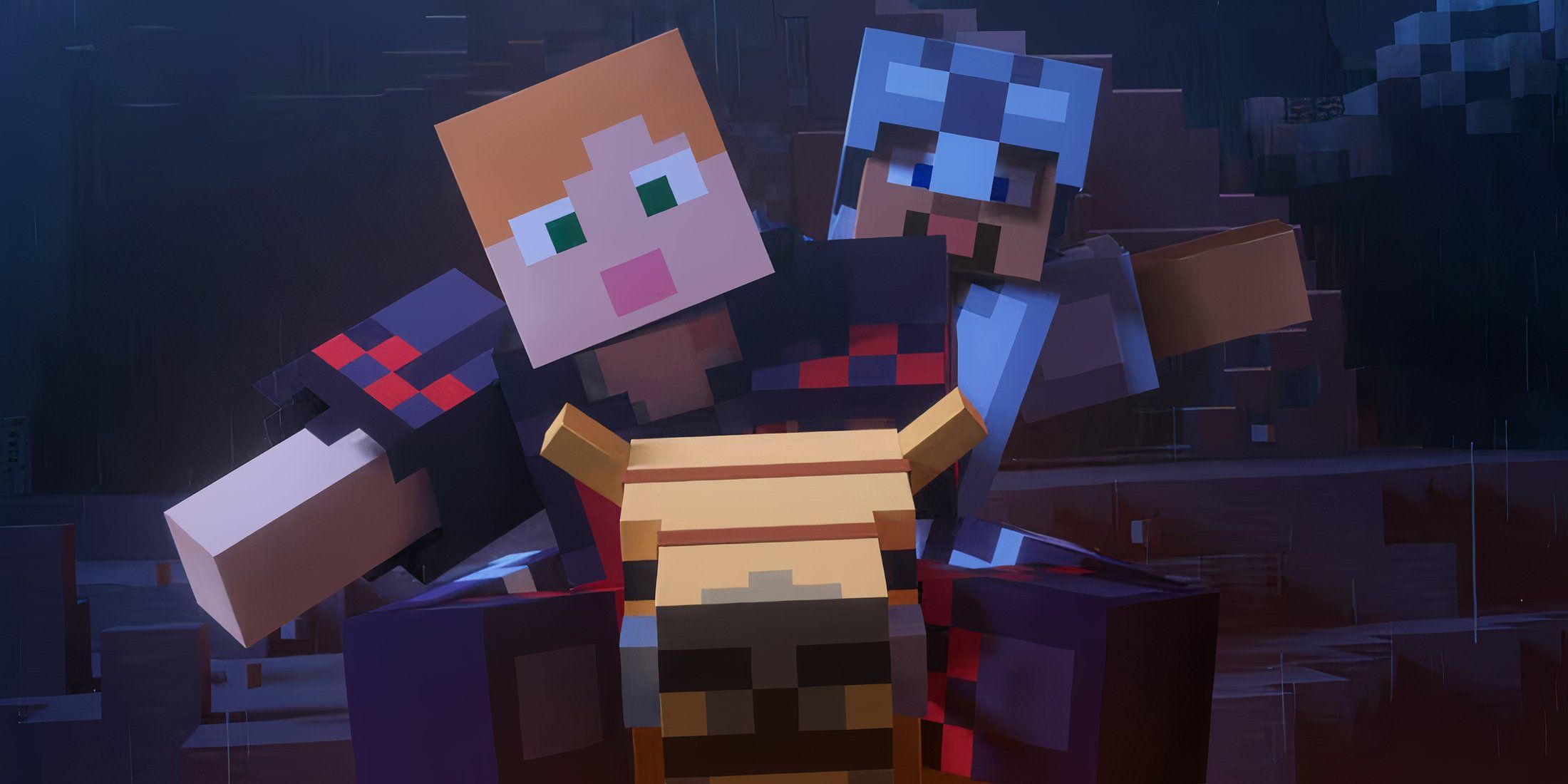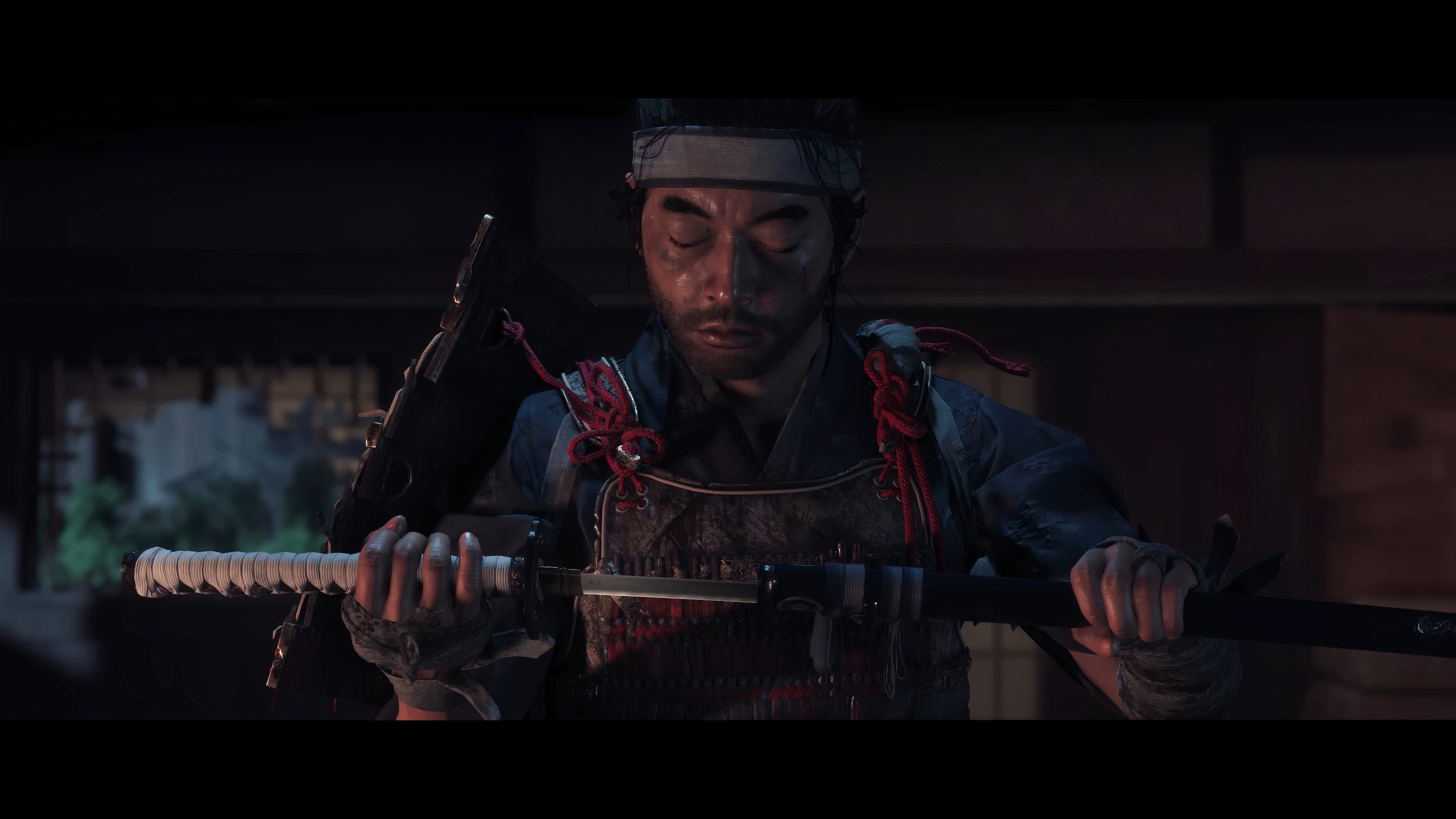Highlights
- Jin Sakai must choose between tradition or becoming Tsushima's ghost to save his people.
- The bamboo strikes in Ghost of Tsushima are a fun and challenging mini-game that enhances gameplay.
- A potential sequel should keep QTEs for mini-games, like bamboo strikes, and not integrate them into combat.
Ghost of Tsushima is a samurai game that takes place on Tsushima island during the Mongol invasion. To save his people, Jin Sakai must learn new ways of combat that go against the values that he has been taught. Hence, he must choose whether he will stick to tradition or become Tsushima's ghost.
When Jin isn't in combat with the Mongols, there are a host of mini-games to complete on the map. One of them is the bamboo strikes which implement QTEs. Although QTEs are controversial, Ghost of Tsushima implements them in an entertaining way, and any sequel shouldn't interfere with the formula too much.

Ghost of Tsushima Director's Cut PC Review
The critically-acclaimed Ghost of Tsushima has made its way to PC with a few updates, and through that, it once again cements itself as a genre great.
QTEs in Ghost of Tsushima
As players explore Ghost of Tsushima's beautiful map, they'll come across pillars of bamboo. By pressing buttons in the correct sequence, players can cut through the bamboo in a single strike. Successfully completing the challenge increases Jin's resolve, which assists him during combat.
There's a total of 16 bamboo strikes scattered across the map, and they get progressively harder. For the harder ones, concentration and a good memory are required. Finding all of them unlocks the Body, Mind, and Spirit trophy. Though most of them can be found freely, some have prerequisites, such as the Azamo bamboo strike which requires players to complete the Unfinished Business side tale first.
The Bad Reputation of QTEs
QTEs, or Quick Time Events, tend to have a bad reputation. This is because they are seen as a lazy way to implement gameplay. Ghost of Tsushima demonstrates that QTEs can be implemented smartly, as the bamboo strikes are a nice mini-game that provides a break from the regular action and tests players' memory and dexterity. The QTEs aren't used too much, and their implementation makes sense within the game's context.
Ghost of Tsushima 2 Shouldn't Change the Formula
A Ghost of Tsushima sequel hasn't been confirmed. However, with the success of the first game both on PC and PlayStation, it is almost a given that Sucker Punch will expand the franchise. A sequel should include the bamboo strikes once again, as they are an example of QTEs done right.
QTEs in a Ghost of Tsushima Sequel
If there is a sequel, QTEs should certainly not be implemented into the combat gameplay. This would represent everything that is loathed about QTEs. Instead, the sequel should keep the QTEs for mini-games such as the bamboo strikes where they provide a break from the action and test other skills besides combat.
The game has been well received, so much so that a Ghost of Tsushima movie is in the works. A sequel has the chance to expand on Jin Sakai's story or to explore Mongol invasions in other parts of the world. Regardless of what Sucker Punch chooses to do with the Ghost of Tsushima sequel, the studio should tread carefully when it comes to QTEs. They should be kept for side mini-games and not be used in combat, as there is already an enjoyable combat system that could use a little tweaking but is nonetheless fun.




